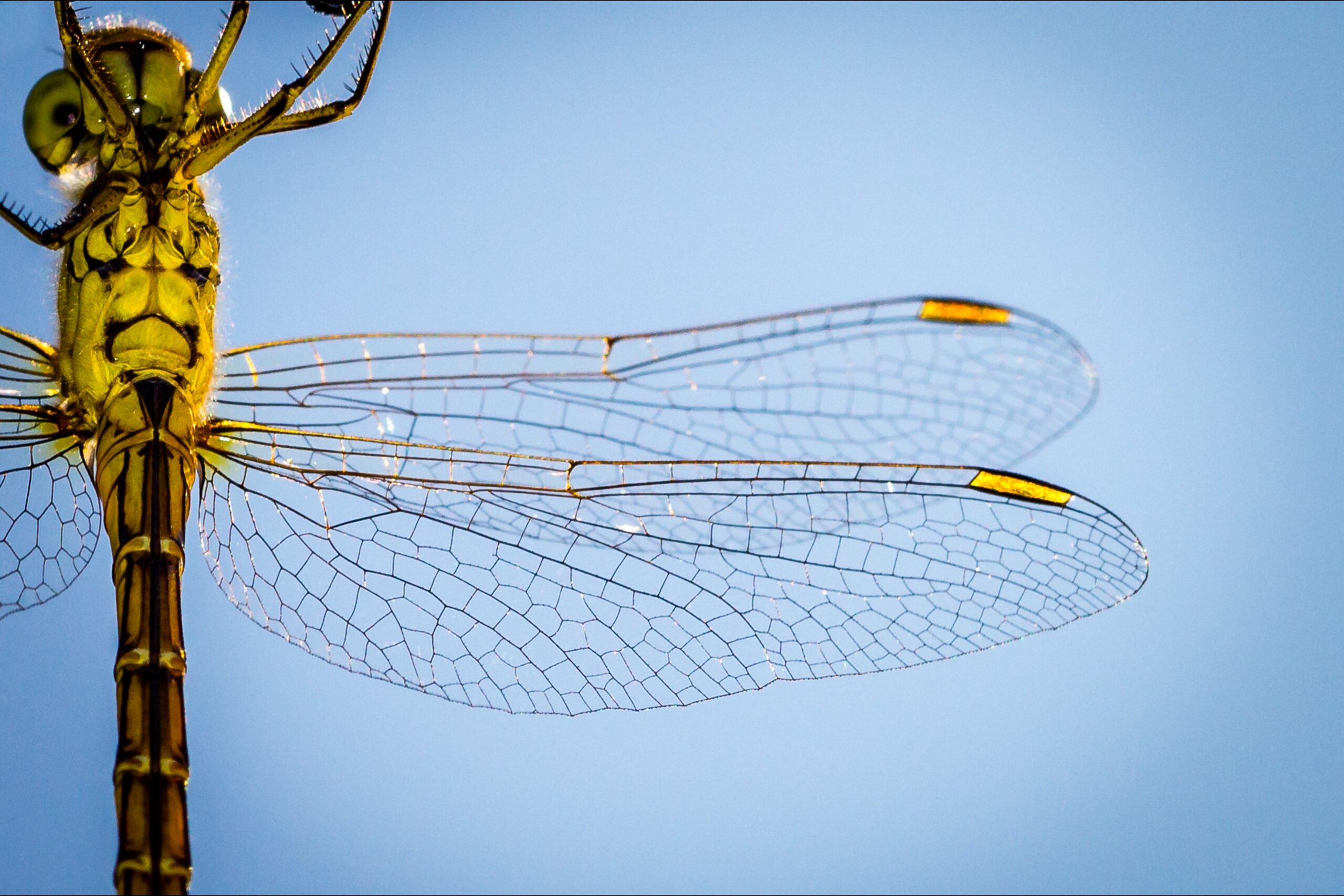The Role of Biomimicry in Solarpunk Design
Nature’s Ingenious Hacks for a Greener Tomorrow
Solarpunk is a fresh movement that embraces positivity and eco-optimism. It’s all about looking at the environment with a glass-half-full attitude. For solarpunks, infrastructure is a form of resistance. It’s a meeting point for progressive, sustainable technology and the optimism of environmental radicals. But, surprise – it’s not entirely new.
You see, nature’s way ahead of us when it comes to sustainability. It’s been practising what we’re just starting to preach. Take the kingfisher, for example. The Shinkansen bullet train in Japan got its streamlined design from this bird’s beak. It made the trains 10 per cent faster and 15 per cent more energy-efficient. Now, that’s what you call a bio-inspired boost.
Biomimicry is all about inviting biologists to the design table. It’s the art of tapping into nature’s genius to tackle the trickiest environmental challenges. Solarpunk and biomimicry are a natural pairing, as both look to nature for inspiration, steering us towards a sustainable future that’s not just doable but balanced.
Biomimicry is like opening a treasure chest of design solutions Mother Nature has perfected over millions of years. Nature’s designs are cheat codes for innovation, and we’re finally paying attention. We’re learning from butterfly wings to make solar panels more efficient. We’re looking at humpback whale fins to build wind turbines that catch the wind with expert finesse. And that’s not all – we’ve got swimsuits inspired by sharkskin and wetsuits influenced by the artful beaver fur. It’s like taking notes from nature’s grand designs and making them practical.
Over in Zimbabwe, The Eastgate Centre in Harare exemplifies biomimicry in sustainable architecture, drawing inspiration from termite mounds to regulate temperature. This innovative design significantly reduces energy consumption, leading to substantial cost savings and environmentally friendly operation. Nature is our efficiency mentor.
The Dragonfly, a visionary architectural concept by Vincent Callebaut, reimagines superstructures with its integrated ecosystem of offices, housing, farms, and communal spaces. Inspired by the exoskeleton of a dragonfly, this 132-story complex is a self-sustaining organism that incorporates plant and animal farming within its steel and glass wings. It maximises resource efficiency by maintaining soil nutrient levels, reusing bio waste, and harnessing solar energy. Exterior vertical gardens filter rainwater, which, when combined with domestic liquid waste, undergoes organic treatment for farm use. The Dragonfly envisions a harmonious coexistence between inhabitants and the urban farm, fostering self-sustenance and environmental responsibility in a crowded city landscape.
In a world where tech sometimes feels at odds with nature, solarpunks remind us that we’re still part of Team Earth. Our technology is like a love letter to the ingenious designs of living creatures. To build a future in sync with nature, we’ve got to get friendly with its wisdom and work hand in hand with its designs.
Biomimicry is the bridge that connects our technology with the environment, reminding us that the answers to today’s challenges aren’t locked in a high-tech lab but hidden in the awe-inspiring designs of the world’s oldest innovator: nature itself.

